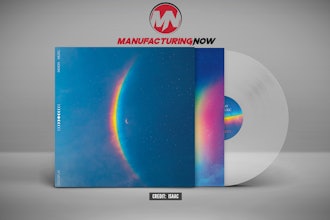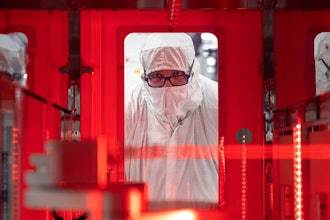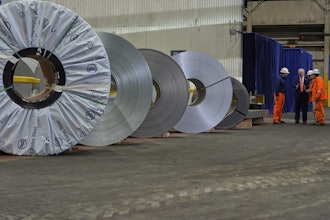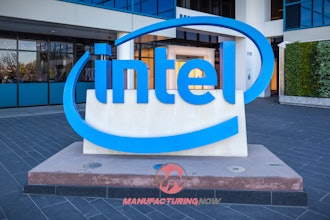Medical device companies are always under pressure in two key areas: time and cost. Time delays in the production cycle can substantially affect product introduction timetables, and consequently, revenue. One area where medical device companies often lose valuable time, experience cost overruns, and face production delays is in poor design of injection molded components related to the mechanical functioning of the mold.
Injection mold fabrication is widely used in medical device manufacturing because of its versatility. Many different types of plastics can be used for injection molding, and once a mold is made, an extremely large number of pieces can be manufactured with it. Because of this, injection molding manufacturing is extremely cost effective in high volume production. But the properties of injection molding (plastic resin is fed into the injection machine, heated, and forced at high pressure into the mold by a screw and cures on cooling), and the mechanics of molding, dictate that designers pay particular attention to certain principals to ensure successful manufacture. Often medical device designers know basic injection mold design rules but this may not be enough to ensure smooth manufacture of parts and guarantee that the mechanical functioning of the mold does not cause problems. Much of the specifics of mold design have to do with the particular characteristics of thermoplastics. Thermoplastics are heated, melted, and then injected at high pressure into the mold. They cure upon cooling and parts shrink during this cooling time. The variation in shrinkage that can occur must be a major consideration for a designer in order to achieve dimension control, hold tolerances, and avoid warpage. This shrinkage is due to a number of variables:• The type of plastic used
• The rate of cooling in the mold
• The wall section dimensions
• The gate location and the related flow characteristics in the mold
• The molding machine process parameters (such as temperature and pressure) Product designers often know the basic design rules relating to the variation in shrinkage rates for plastic parts and design accordingly. They design parts and assemblies with the achievable tolerances in mind and plan for “steel safe” construction in the mold as a means of revision to achieve the required dimensions. However, the reason that many molds see significant delays in achieving a production process is often overlooked by the product designer. These problems relate to the mold construction and how it functions.
Specifically, there are three main areas of concern:
• Parting lines (where the mold opens)
• The type and location of gate(s) (opening through which plastic is forced into the part)
• How the part is ejected from the mold
|
Illustration of an injection molding system |
Parting Lines
Parting lines directly affect the draft angles that are required on a part and the resulting dimensional changes. Draft angles must result in a proper slope so that the piece can eject properly and remain on the stationary side of the mold. As plastics cool, it adheres to the sides of the metal mold which can make ejection difficult or even impossible if adequate draft angles are not included.
Parting lines must also be considered when determining the basic functioning of the mold, but are also very important to the cosmetics of the molded product. Parting lines will leave visible lines in the part that will obviously affect the visible surface after assembly. It may be unacceptable for certain parting line locations to appear on the exterior of a product, and design should be determined accordingly.
Gating
Gate placement can play a big part on quality, appearance, and cycle time. It affects the flow characteristics of the plastics as it fills the mold, which is directly related to the shrinkage and the resulting part dimensions. It must also allow for adequate plastic flow distribution to ensure optimum form and strength of the part. Gate placement and type can dramatically affect cycle time for the process. Since manufacturing cost is directly related to cycle time—the faster the cycle, the lower the manufacturing cost—gating placement must ensure efficient and effective manufacture.
Ejection
A design defect that can create the biggest manufacturing problem is arguably when ejection doesn’t work and/or potentially damages the part. Ejection problems (failure of the part to eject cleanly and completely from the mold without warpage or other damage) can cause significant delays in startup production and affect the cycle time for the process. Ejection also affects the cosmetics of the part due to the witness lines that arise from the use of ejector pins, etc.
Avoid Mold Design Pitfalls
A designer who takes into account individual potential pitfalls can still err if the relationship between design factors is not considered since many design principals are interconnected. Gating, parting lines, and ejection are all related to each other, and a device manufacture may have used up their budget by the time they realize it, which is often at the point when they expect to go into full production.






















